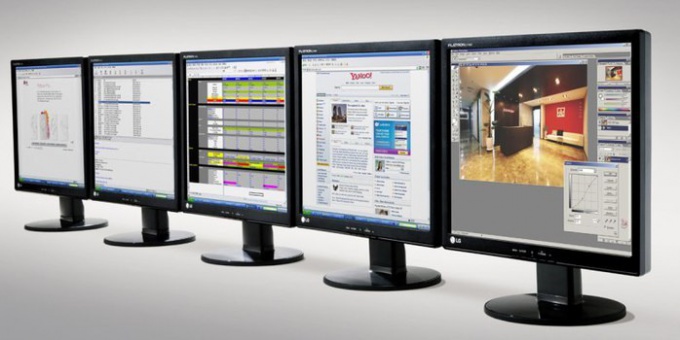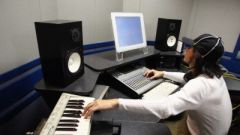Instruction
1
Included with the monitor must be a minimum of 3 cord: power, video (DVI or VGA), audio (mini jack 3.5 mm). The connectors on these cords are so different that they simply cannot be confused (if you were still able to put the VGA cord in the audio Jack, so you broke the motherboard). So, take the wire with the mini jack plug. Usually it is green on the end and matches the color of the audio input on your motherboard or audio card. If you cheated and didn't supply cord – buy it. Mini Jack male to male 3.5 mm is the minimum, is ideal. Connect the two jacks: the monitor and the system unit, and continue with the next step.
2
Everything is connected, but no sound. Do not be sad, maybe you just haven't turned it and it clicked on. Look carefully, it should be on the panel of the monitor and the icon above the audio speaker. Click on it, the screen will display picture crossed out or not crossed out speaker. Be smart, what it can mean (probably crossed out no sound, not crossed out – there is sound), proceed according to logic.
3
Connected, turned on, but no sound. Wait to fall into a rage, curb your enthusiasm and navigate to the sound settings of the operating system. In Windows this can be done through start menu – control Panel – Sound – Playback tab – Properties – in the new window Levels tab. You can go through the tray icon with the same speaker icon. Perhaps somewhere there is a treacherous mark for off. Remove it if so. Adjust the volume in the program (and if there are the corresponding buttons on the monitor).
4
If again no sound – see point one, perhaps you mistook the entrance to the system unit. Include sound file, e.g. MP3, and change the inputs until until you hear Sovki.



